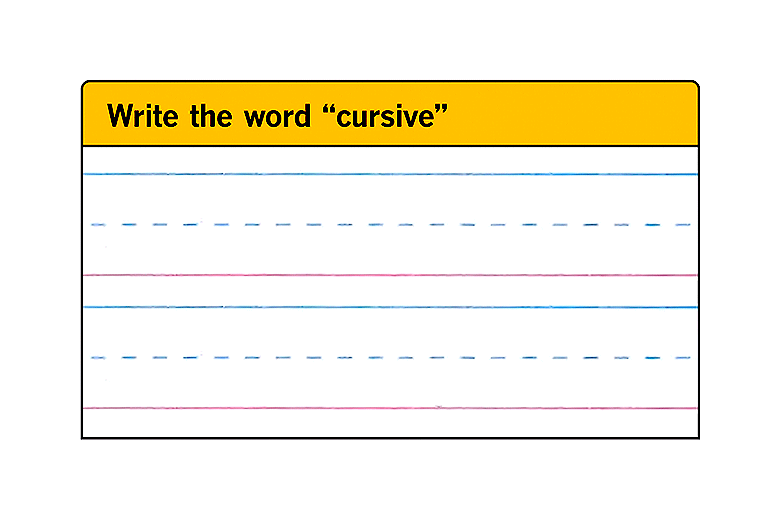Electronics Firms Looking for the Write Stuff : Consumers: Manuals that read like a foreign language to millions of Americans are being rewritten with ‘techno-dolts’ in mind.
- Share via
PITTSBURGH — The manual on your fancy new home entertainment system says to “access the next highest programmed station setting” on the TV, but warns that “the audio could be muted” with improper handling.
If you didn’t understand the instructions on changing the channel, welcome to the growing ranks of “techno-dolts.”
Millions of Americans have trouble doing things like setting VCR clocks or taping television programs and are thoroughly confused by many home electronics instruction books written in engineer-speak and cluttered with graphics, noted Karen Schriver, an English professor at Carnegie Mellon University.
Schriver was recruited by the Japanese subsidiary Mitsubishi Electronics America Inc. to rewrite its manuals so the average consumer can understand them.
Over the past two years she has made hundreds of revisions. Technical references and abbreviations were zapped and complicated drawings cleared up.
The new manuals were published on glossy paper with “warning” boxes, lots of white space, colored lines and detailed indexes. The older manuals were flimsy, crowded and dull.
The new manuals were packaged with this year’s Mitsubishi television sets and stereo gear. New books will accompany 1991 videocassette recorders, video cameras and laser-disk players, the company said.
Mitsubishi is among a slowly growing number of Japanese companies trying to improve communications with customers.
Sansui USA Inc., for example, claims its new VCR on-screen programming can be used by 5-year-olds and “will make you a technical wizard in no time.”
But, “they’re (Japanese companies) still in a period of learning what’s expected of a manual in the United States,” said John Hatch of the American Electronics Assn. in Santa Clara, Calif.
Schriver says consumers ultimately are cheated by all the technical language and drawings that “look like spiders” in many current electronics manuals.
“We’re buying a VCR that costs more because it has neat features, but in the end we use three buttons--play, record and rewind,” she said. “Meanwhile, the engineers are doing all these things with new functions, but can’t get their customers to do them.”
At Carnegie Mellon’s Communications Design Laboratory, students interviewed 50 people trying to use Mitsubishi products and noted their stumbling blocks with the old instructions.
There were several in this 65-word mouthful on how to record from one VCR to another:
“The M-AV1 and M-AV2 incorporates S-VHS inputs for S-VHS VCRs and an S monitor output for connection to an S compatible TV. When two S-VHS VCRs are connected to the receiver with S cables, it is not possible to dub from one to the other through the receiver. When S-VHS to S-VHS dubbing using S-VIDEO cables is desired, connect the VCRs directly to one another.”
With the lab’s help it became: “You cannot record from one Super VHS VCR to another through the receiver when you use S-Video cables. To do this, you must connect the VCRs directly to each other.”
The changes are making Mitsubishi an industry leader in showing customers how to use products, Schriver said. She said several Japanese electronics companies inquired about applications of her research on their products, but she declined to name them.
Schriver said the writers of manuals often have been entry-level engineers who typically dwell on the equipment’s new capabilities and forgot about “the poor consumer who still wants to know about setting the clock.” Stand-up comics across the country often target VCR owners whose machines forever blink “12:00 Sunday” because they can’t set the time and day.
Recent guests on “The Oprah Winfrey Show” tried unsuccessfully for 30 minutes to program VCRs for taping.
Charlene Guyer, a self-proclaimed “techno-dolt” and guest on the “Oprah” show, says she’s confused by booklets for answering machines, cameras, VCRs and stereo components from several companies. She says she has owned a Panasonic VCR for four years but never taped a program.
“Part of my personality is impulsive. If I can’t do it quickly, I don’t want to do it,” said Guyer, a Philadelphia marketing consultant. “You figure you’re going to devote a lifetime just to turn the thing on. So you become frustrated, and end up calling in your neighbor’s kid and paying him 25 cents to do it.”
Even at Carnegie Mellon, an institution known for computer science and engineering, students regularly go to Schriver’s lab to plead for help hooking up electronics.
Assisting such people is serious business, said Christopher Freeble, a Mitsubishi communications design specialist and former student of Schriver’s.
“We want to look at the product the same way the consumer looks at it,” Freeble said from the company’s headquarters in Cypress, Calif.
Freeble said Mitsubishi is losing money on the new expensive manuals because their costs aren’t passed on, but “the money is well spent.”
“We feel in the end, we’ll buy greater consumer loyalty,” he said.




